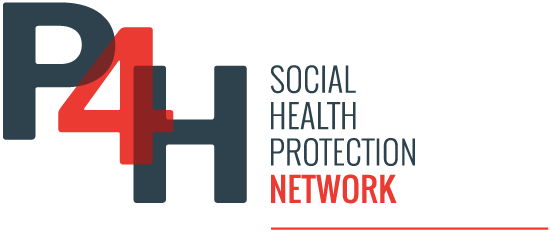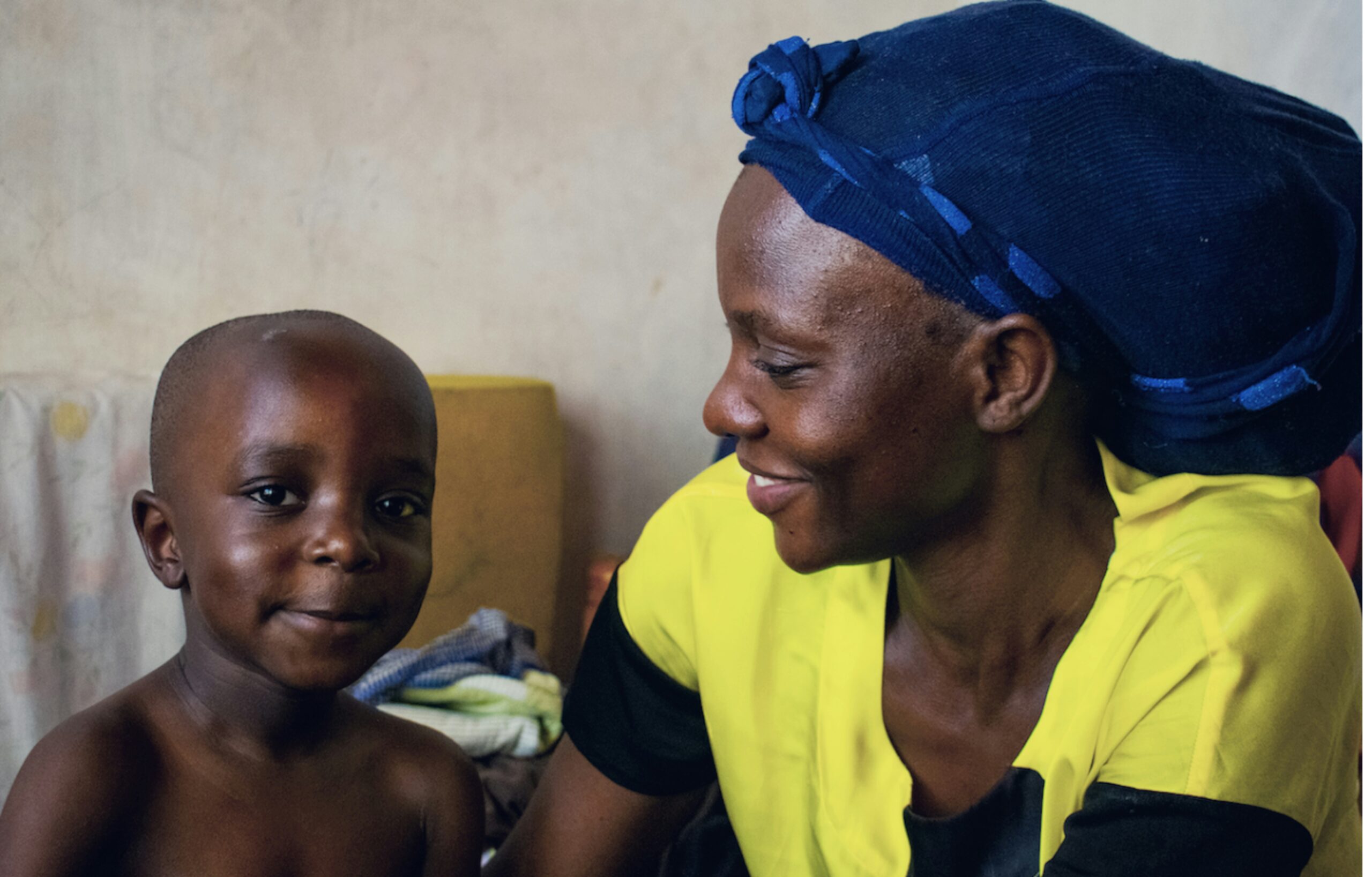Kenya’s health financing system is structured to support the delivery of health care services across a diverse population of 56.6 million, aiming for universal health coverage (UHC). The health system incorporates multiple funding sources and governance levels and operates under a devolved governance structure, with 47 semi-autonomous county governments responsible for health service delivery. The national government retains regulatory and policy-making functions. This devolution has led to increased health budget allocations at the county level, but challenges remain in resource mobilization and equitable distribution of funds.
Current health financing structure and funding sources
Kenya’s health financing derives from four main sources according to the Global Health Expenditure Database.
- The government contributed approximately 48.7% of current health expenditure (CHE) in 2021,[1] a significant increase from33.7% following the devolution of health services to county governments in 2013. [2]
- Household out-of-pocket expenditures comprised approximately 22.8% of CHE in 2021,[1] a decrease from 32.1% in 2013,[2] reflecting improved but continued high reliance on personal funds for health care services. This reliance leads to risk of catastrophic health spending for many households.
- External funding, including resources from international organizations and nongovernmental organizations, represented around 18.4% of CHE in 2021.[2] These resources are crucial for various health initiatives, particularly in areas such as HIV/AIDS and maternal health.
- Private firms and mutual health insurance schemes contributed approximately 9.2% of CHE in 2021.[2]
Barriers to sustainable health financing
While progress has been made, Kenya’s health financing system continues to face several key challenges as discussed in the Health Financing Strategy 2020-2030.
- Equity in access: Significant disparities exist in health care access, particularly for marginalized populations. Cost-related barriers are the primary reason for unmet needs in both outpatient and inpatient services.
- Dependence on external financing: A substantial portion of health financing still relies on external sources, posing a sustainability risk.
- Quality of services: Improving the quality of health care services remains a priority, as many facilities struggle with inadequate resources and staffing.
- Policy and regulatory processes: Suspension of the implementation of the Social Health Insurance Act 2023 poses additional challenges, highlighting the need for continued dialogue, stakeholder engagement and careful planning to navigate the path towards UHC.
Reforms for UHC
- Kenya developed the Health Financing Strategy 2020–2030, which outlines a road map towards UHC. The strategy emphasizes the importance of efficient resource mobilization, equitable allocation and effective use of health resources. It aims to establish an essential package of health services and an enhanced role for supplementary health insurance schemes.
- Health insurance and social health protection – The National Health Insurance Fund (NHIF) plays a critical role in financing health care services. NHIF covers outpatient and inpatient services for registered members, using various payment mechanisms such as capitation and fee-for-service. The Social Health Insurance Act was introduced in 2023 with the aim to improve NHIF performance and expand its coverage via the Primary Healthcare Fund, Social Health Insurance Fund and Chronic Illness and Emergency Fund. Passage of the Act is pending High Court review. In addition, the government supports programmes like the Linda Mama initiative, which has provided free maternity services since 2016, reducing financial barriers and expanding access to essential health services.
References
[1] World Health Organization, Global Health Expenditure Database – Health Expenditure Profile – (choose Kenya)
[2] World Health Organization, Global Health Expenditure Database




